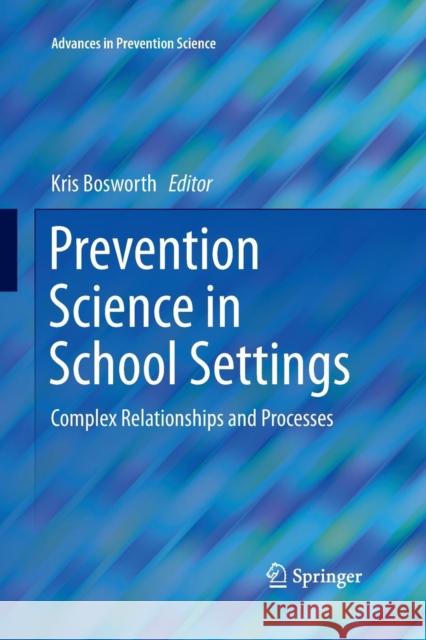Prevention Science in School Settings: Complex Relationships and Processes » książka
topmenu
Prevention Science in School Settings: Complex Relationships and Processes
ISBN-13: 9781493949953 / Angielski / Miękka / 2016 / 376 str.
Prevention Science in School Settings: Complex Relationships and Processes
ISBN-13: 9781493949953 / Angielski / Miękka / 2016 / 376 str.
cena 388,20 zł
(netto: 369,71 VAT: 5%)
Najniższa cena z 30 dni: 385,52 zł
(netto: 369,71 VAT: 5%)
Najniższa cena z 30 dni: 385,52 zł
Termin realizacji zamówienia:
ok. 20 dni roboczych.
ok. 20 dni roboczych.
Darmowa dostawa!
Kategorie BISAC:
Wydawca:
Springer
Seria wydawnicza:
Język:
Angielski
ISBN-13:
9781493949953
Rok wydania:
2016
Wydanie:
Softcover Repri
Numer serii:
000477988
Ilość stron:
376
Waga:
0.54 kg
Wymiary:
23.22 x 18.36 x 2.08
Oprawa:
Miękka
Wolumenów:
01
Dodatkowe informacje:
Wydanie ilustrowane











